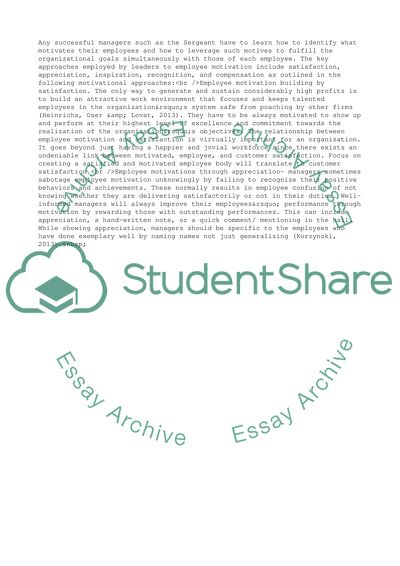Cite this document
(Theories of Employee Motivation Coursework Example | Topics and Well Written Essays - 1500 words, n.d.)
Theories of Employee Motivation Coursework Example | Topics and Well Written Essays - 1500 words. https://studentshare.org/management/1877547-motivation-plan
Theories of Employee Motivation Coursework Example | Topics and Well Written Essays - 1500 words. https://studentshare.org/management/1877547-motivation-plan
(Theories of Employee Motivation Coursework Example | Topics and Well Written Essays - 1500 Words)
Theories of Employee Motivation Coursework Example | Topics and Well Written Essays - 1500 Words. https://studentshare.org/management/1877547-motivation-plan.
Theories of Employee Motivation Coursework Example | Topics and Well Written Essays - 1500 Words. https://studentshare.org/management/1877547-motivation-plan.
“Theories of Employee Motivation Coursework Example | Topics and Well Written Essays - 1500 Words”. https://studentshare.org/management/1877547-motivation-plan.


